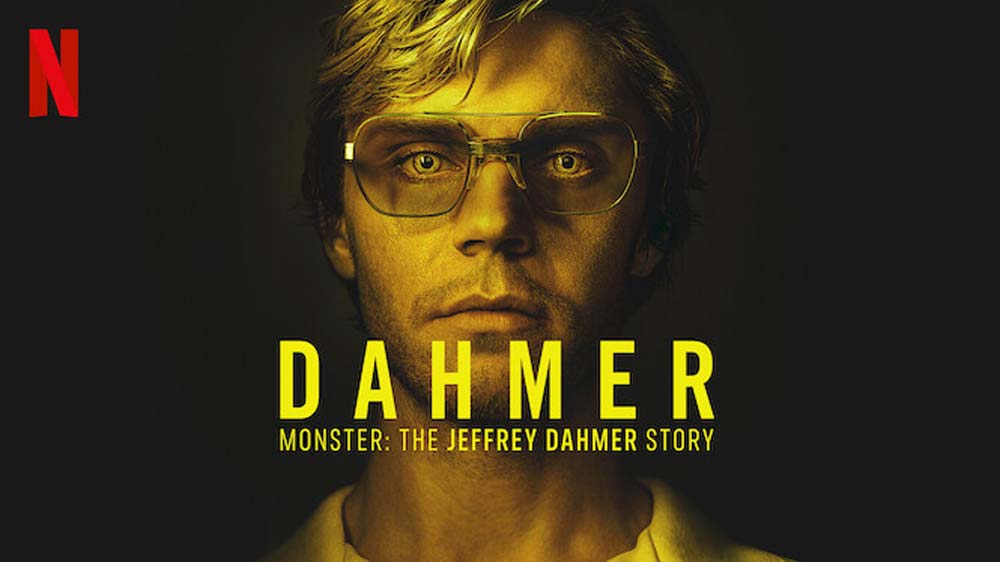If you’ll remember at the beginning of the semester when we were asked to brainstorm topics for our passion blogs, I had included an art piece image to use as an example for the possibility of dedicating my time into researching and commentating on various paintings. Despite being the first painting I had wanted to review, I had yet to post it, partly because I had planned to use it for the final passion blog. Time sure does fly fast, and now that we have at last made it to this moment, it is with a heavy heart, that I finally and formally introduce you to Ivan the Terrible and His Son Ivan by Ilya Repin.
The room is dark except for the light illuminating the two men centered in the painting. One, considerably older, is depicted with a fearful expression, hauntingly searching for something off in the distance while cradling the bleeding man’s head to his chest. The other man, gently holding the arm that’s gripping onto him seems partly in shock as well as calm, taking in his last moments of life while trying to provide a sense of comfort to the older man holding him.

As the title suggests, this painting is focused around the unfortunate death of Ivan the Terrible’s son (also named Ivan). Ivan the Terrible was the first Russian monarch to be crowned as Tsar. Although he had made significant contributions to the development of Russia, he was known to be prone to paranoia, rage, and outbreaks of mental instability that had worsened as he grew older. Although not totally certain, it is believed that Ivan the Terrible had caused his son’s wife to suffer miscarriage by beating her because she was dressed inappropriately. This had then sparked an argument between the two, and ended with Ivan the Terrible striking his son in the head with his pointed staff, killing him.
Even though there is no clear answer and lack of evidence from historians to clarify the reasoning behind Ivan’s death, it is certain that his death had caused problems for the family. With no other heir than Ivan (the son)’s younger brother Fyodor, who was considered mentally ill, the family line ended with his death. 
This painting does more than an amazing job at capturing the supposed scene of Ivan the Terrible’s last moments with his son. The expression alone on his face is so hauntingly beautiful in detail, it almost feels like the artist was there in the room with them. The symbolism of Ivan the Terrible in black and his son in a lighter color emphasize innocence and despair, with the dark sleeves of Ivan the Terrible around his son symbolizing bringing death upon him. Even the hands are accentuated to painstaking detail, the viewer can almost feel the grip that Ivan has, desperately trying to stop the blood flow.
Even though Ivan the Terrible was, well, terrible, he had to have some sort of compassion, whatever amount of it, for his son. His own blood, named after him, his legacy. To lose that, and to know it was his fault, must have consumed him with an indescribable amount of pain and guilt. As much of a bad parent he was, we can see that the love that had been tossed aside in a fit of rage only resurfaces as his son begins to die. It reminds us how easy it is to do and say irreversible things when we let emotions control us, and even more so, how easy it is to hurt those closest to us when we become consumed by rage.
Whenever I see or hear stories of parents or children dying, I can’t help but think back to what my mom always told me: never go to bed angry. Death is unpredictable, just as conflicts in life. We can’t always control when they come, but we can control how we act as it passes us by.
Life, time, it all goes quick. So did this blog. Thank you for the journey, for the comments, for the reads, even if it was mandatory. It really did mean a lot to me to look forward to your feedback and be excited to read and comment my own for yours.
I want to leave you with my last takeaway: the end of something doesn’t have to only mean sadness or even the end. It doesn’t have to mean dusty shelves, or forgotten computer files. It doesn’t even have to mean death. We go on.
Sources:
- https://www.rbth.com/arts/330317-ivan-terrible-and-his-son-painting
- https://bigthink.com/high-culture/ivan-the-terrible-son-ilya-repin/
- https://abirpothi.com/the-story-behind-the-most-haunting-painting-from-russia-ivan-the-terrible-and-his-son/




 Pompeii. You know them, you love them, they’re our favorite ashy city preserved under ash and lava. Most famously known for the casts of the people’s remains, the overall tragedy that had occurred had largely been overshadowed by somewhat morbid curiosity. When we really break down what happened however, it does become a little more melancholy. Around 2,000 people died in the city, with 16,000 people dying in other towns and villages in the nearby regions. Just seeing the cast of the bodies of young children curled up next to their mothers or fathers (or various relatives), weighs heavy in the heart and reminds of the real fear these people must’ve felt.
Pompeii. You know them, you love them, they’re our favorite ashy city preserved under ash and lava. Most famously known for the casts of the people’s remains, the overall tragedy that had occurred had largely been overshadowed by somewhat morbid curiosity. When we really break down what happened however, it does become a little more melancholy. Around 2,000 people died in the city, with 16,000 people dying in other towns and villages in the nearby regions. Just seeing the cast of the bodies of young children curled up next to their mothers or fathers (or various relatives), weighs heavy in the heart and reminds of the real fear these people must’ve felt.
